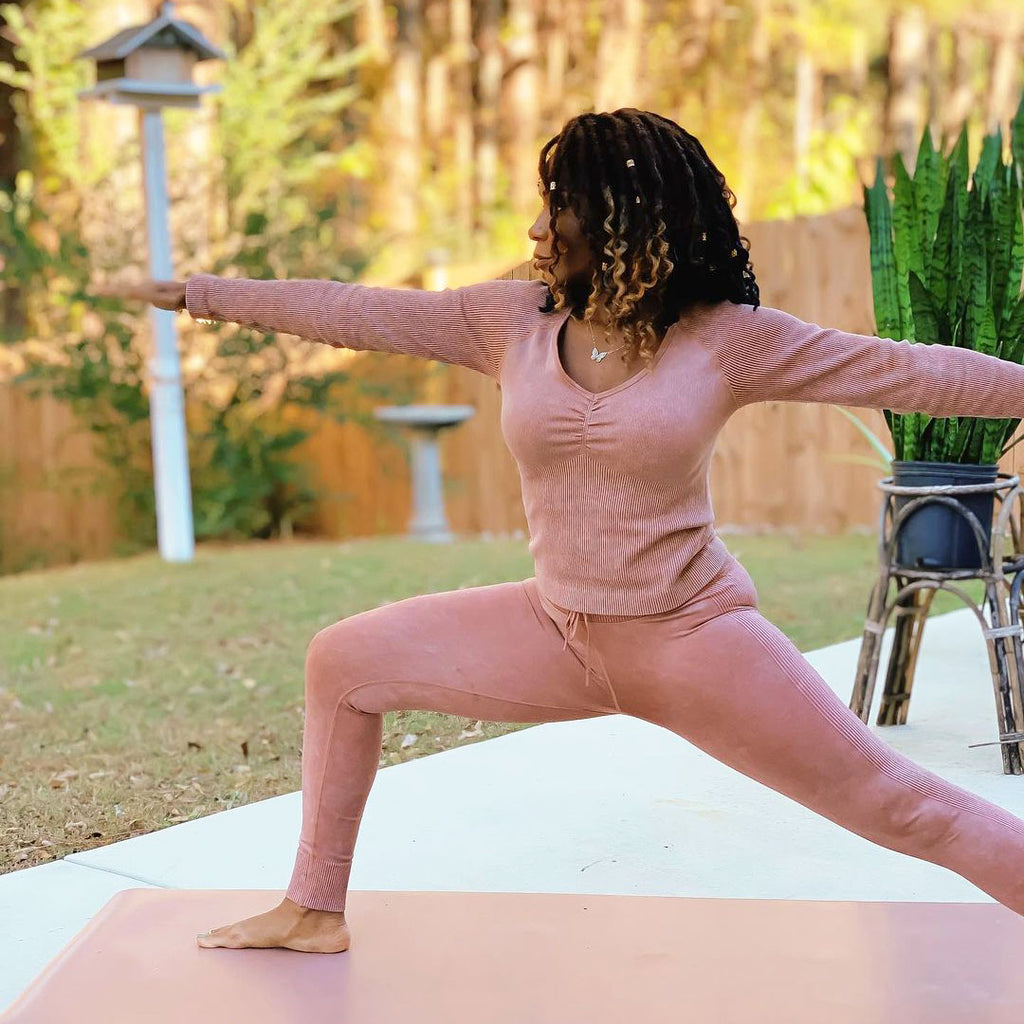
By Katy Duncan, Contributing Blogger
Picture this. It’s January 1st. You’ve just opened a brand new calendar for January 2022, you’ve sat down to write out your new year resolutions, and you’re feeling refreshed and ready to tackle your goals this year. Sounds like a recipe for success!
Fast forward just a month later and you’re probably losing steam on hitting those goals. There’s no shame in it either! A recent study found that most people who set out to achieve their new year resolutions never end up accomplishing them, and even abandon them all together within a month. There’s a reason that most gyms and grocery stores are busier during the first month of a new year; everyone is trying to eat healthier, work out more, and reach their goals.
While following through on any goal can be difficult, following through on a new year resolution where you may not see the fruits of your labor till much later in the year can be even more challenging. Fortunately, there are a few ways you can keep yourself on track and increase your chances of reaching those resolutions!
Make Specific Goals and Go Sparingly
Studies have shown that the average adult human brain can best handle 3-5 tasks at a time. This means you’re better off only setting 3-5 resolutions as opposed to more or less. Setting only one main goal that’s generalized such as, “I want to lose weight” can be challenging to reach on its own without any more detail or direction. Similarly, setting out to accomplish 7-10 things in the new year can be daunting. It’s understandable that you may become frazzled and overwhelmed with trying to reach so many goals. Keep them obtainable, specific, and sparing.
If you’re setting a broad resolution for the year, ask yourself, “How am I going to make that resolution happen?” Think about what steps will get you there. Just like the example used above, “I want to lose weight”, how will that happen? Well, keeping in mind that the human brain best handles 3-5 tasks at once, you can break that down into how you plan on losing weight. This could look like setting out to run more frequently or integrating more cardio into your lifestyle. It could also look like eating a healthier diet or committing to a fitness class a few days a week.
Some more examples of making popular generalized resolutions more specific are:
|
Generalized Resolution |
Specific Resolution |
|
I want to be more organized this year and intentional with my plans |
I will commit to writing in my planner and journal every day |
|
I want to paint portraits of people well |
I will practice painting people at least once per week |
|
I want to be happier |
I will strive to do 3 things that make me happy each day and practice gratitude for those things |
Plan Out Subgoals and Set Deadlines for Them
When making a resolution more specific, you can break it down into easy, actionable steps. These steps are called subgoals.
Subgoals are the tiny tasks you need to do in order to get yourself to the finish line and cross that new year resolution off your list. Can you guess how many subgoals you should have for each resolution? If you said 3-5, you are correct. Remember, the average, healthy, adult brain can best handle 3-5 tasks at a time. Creating that amount of subgoals and setting deadlines for each one can help you be even more specific with goals, in turn making them easier to stick to.
An example of this would be for the more generalized resolution used above, “I want to lose weight.” Think of 3-5 subgoals that will help you reach that resolution. These could be:
- I will stick to a lower-calorie diet and eat healthier, whole foods
- I will go to the gym at least 3 times per week
- I will get outside and walk or hike once per week
- I will check in on my progress every 3 months
Notice how most of these subgoals have a timeline attached to them. This functions as the deadline. Setting out to go to the gym at least 3 times a week is a more specific subgoal than just, “I will go to the gym.” Having a set schedule for when you plan to achieve these subgoals will help you stick to them.
Create structure for success!
Be Gentle with Yourself and Reward Your Hard Work
Now that you’ve got your resolutions written down and you’ve made them specific, you have to find a reason why you want to reach them; something that will make it worthwhile for you to strive for that success.
What’s something that you can treat yourself to each time you check something off that resolution list? Your favorite meal, a new clothing item, a trip somewhere; any of those things may be enough to incentivize you to reach those resolutions. Having a reward in sight that you know you’ll get when you reach your resolution will help you get there. Everyone is going to have a different reward system so find what works for you and use it to fuel yourself throughout the year.
If you’re just having a hard time following through on anything throughout the year, go easy on yourself. Beating yourself up over skipping a gym session or falling off track with things isn’t going to make it any easier for you. It might even have the opposite effect and make you less willing to reach your resolutions because you’ve now associated your level of productivity with negative self-talk. Be gentle with yourself. Even if you struggle to reach your resolutions, there are still bound to be some highlights throughout the year.
If at the end of the year, you didn’t quite hit all the goals you set out to accomplish, that’s okay. Be kind to yourself and focus on all of the things you did accomplish throughout the year! Even if it’s not what you had in mind, you probably accomplished more than you realize, and that my friends, is what I like to call “lateral productivity.” Maybe it’s not the thing you set out to do, but it was a thing you accomplished!
Finishing anything can be difficult, especially when resolutions you set aren’t as fresh in your mind as the year goes on. Don’t stress the small stuff and remember, there’s always next year.


